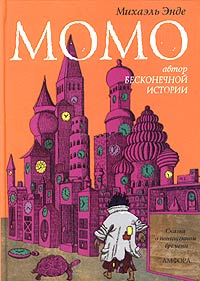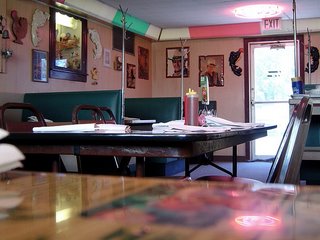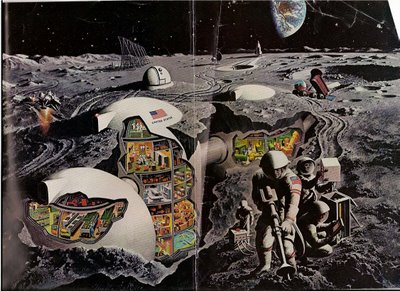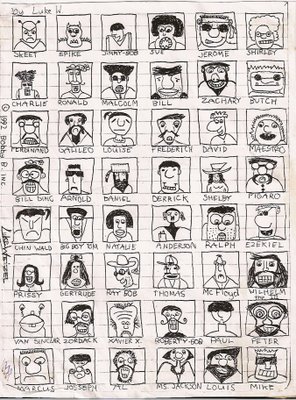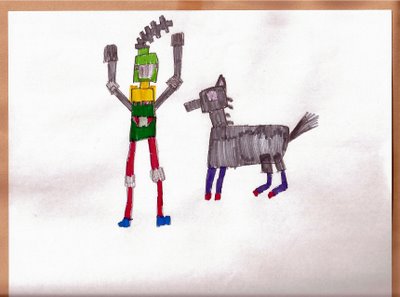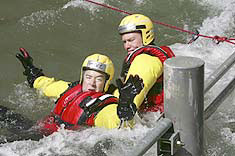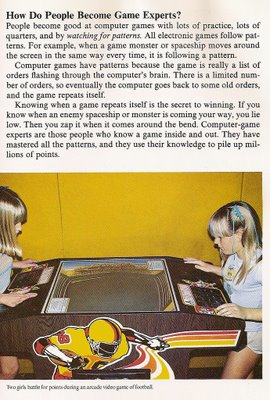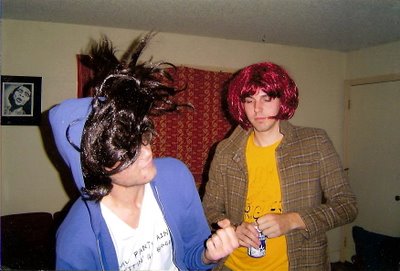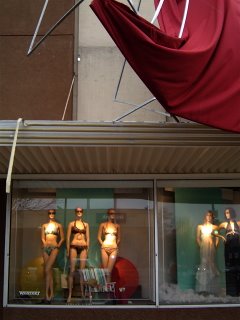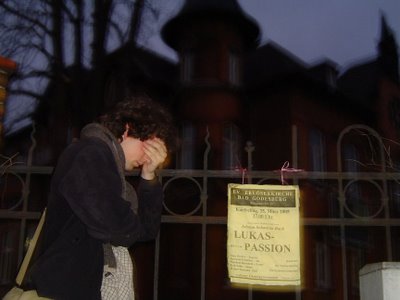 A story of magical animals and staying up late
A story of magical animals and staying up late PART 1
 The other night, I heard the squall of the stray tabby cat that hangs out around my back staircase. That is nothing new, but this time I heard something different in the cat's voice that caused me to step out back and see what was the matter.
The other night, I heard the squall of the stray tabby cat that hangs out around my back staircase. That is nothing new, but this time I heard something different in the cat's voice that caused me to step out back and see what was the matter. To my surprise, a multicolored tortoise was perched on the back deck, with the orange kitty circling it cautiously. The tortoise's shell was giving off lights of many colors, which I assumed was just the reflection from the flashlight I always carry with me in the late evening hours.
Being a kind and hospitable soul, I held the door open slightly, allowing the tortoise to make its way inside. My visiting friend Andrew Giessel, a Harvard man, came to get a closer view of the specimen, and we took turns examining it and turning it around gently in the palm of our hands.
It was a fascinating creature!
PART 2
 While making what he assumed would be one-sided small talk with the animal, which did not appear to be native to Jackson County, Missouri, Giessel discovered that the shimmering lights on the tortoise's shell were arranging to form messages. Astounding! The tortoise told us her name was Cassiopeia, and that she could see 30 minutes into the future.
While making what he assumed would be one-sided small talk with the animal, which did not appear to be native to Jackson County, Missouri, Giessel discovered that the shimmering lights on the tortoise's shell were arranging to form messages. Astounding! The tortoise told us her name was Cassiopeia, and that she could see 30 minutes into the future. Then I realized: of course! This was the magical tortoise from "Neverending Story" author Michael Ende's classic book, Momo. Unlike Cassandra, the similarly named ancient Grecian times who was doomed to see the future but never be believed, Cassiopeia the Tortoise's suggestions were always heeded by Momo in her quest to save the hour-lilies from the nefarious Men in Grey.
PART 3
The three of us stayed up until early in the morning, talking about all kinds of things. We talked about Camillo Golgi's discovery that staining nervous cells with silver ions can allow humans to see neurons, a fascinating process called the "black reaction" that scientests don't fully understand even today. We talked about balancing creative endeavors with full-time employment, and the importance of bringing good ideas to life rather than letting them stagnate and disappear in the back catalogs of the brain. We talked about Jose Gonzales, and how strange it is that a Scandinavian musician would have such a Mexican-sounding last name.
In fact, Giessel and I got so carried away in our conversation that we didn't even notice our friend had disappeared until we heard mysteriously melodic tones from inside the apartment. Turns out the tortoise was a wicked hand with the Fender Rhodes, and an especially big fan of Ramsey Lewis. Who knew!
AFTERMATH:

We listened to the tortoise play tunes on the softly amplified piano, drinking several of the fine microbrews I keep in the icebox for such occasions. At one point, during an especially soulful number, I asked Cassiopiea "What's the secret, tortoise?" Instantly, the words "More Haste, Less Speed" appeared on its shell. We took this as an endorsement of its tasteful but not show-offy playing style, as a variation of the old Chelonian "slow and steady" mantra, and as a suggestion that "it's not the fastest way from point A to point B that you should take, it's the best way."
We sat on the floor and listened until the songs and lights from the tortoise drew us into a sleeplike trance. When we awoke, we realized that Cassiopiea was but an inanimate garden ornament I had purchased the day before at Midwest Surplus in North Lawrence for $7.99, and that this wishful account was really just another delusional blog post sleepwritten at the late hour of 3:26 AM.
The book, however, is real, and much more imaginative and spiritually rewarding than just about any story out there. Those more interested in Momo can check out the Wikipedia article about her, and even read the entire text in English on this Russian site, although buying a used copy of the book and sharing it with others is much more fun.
